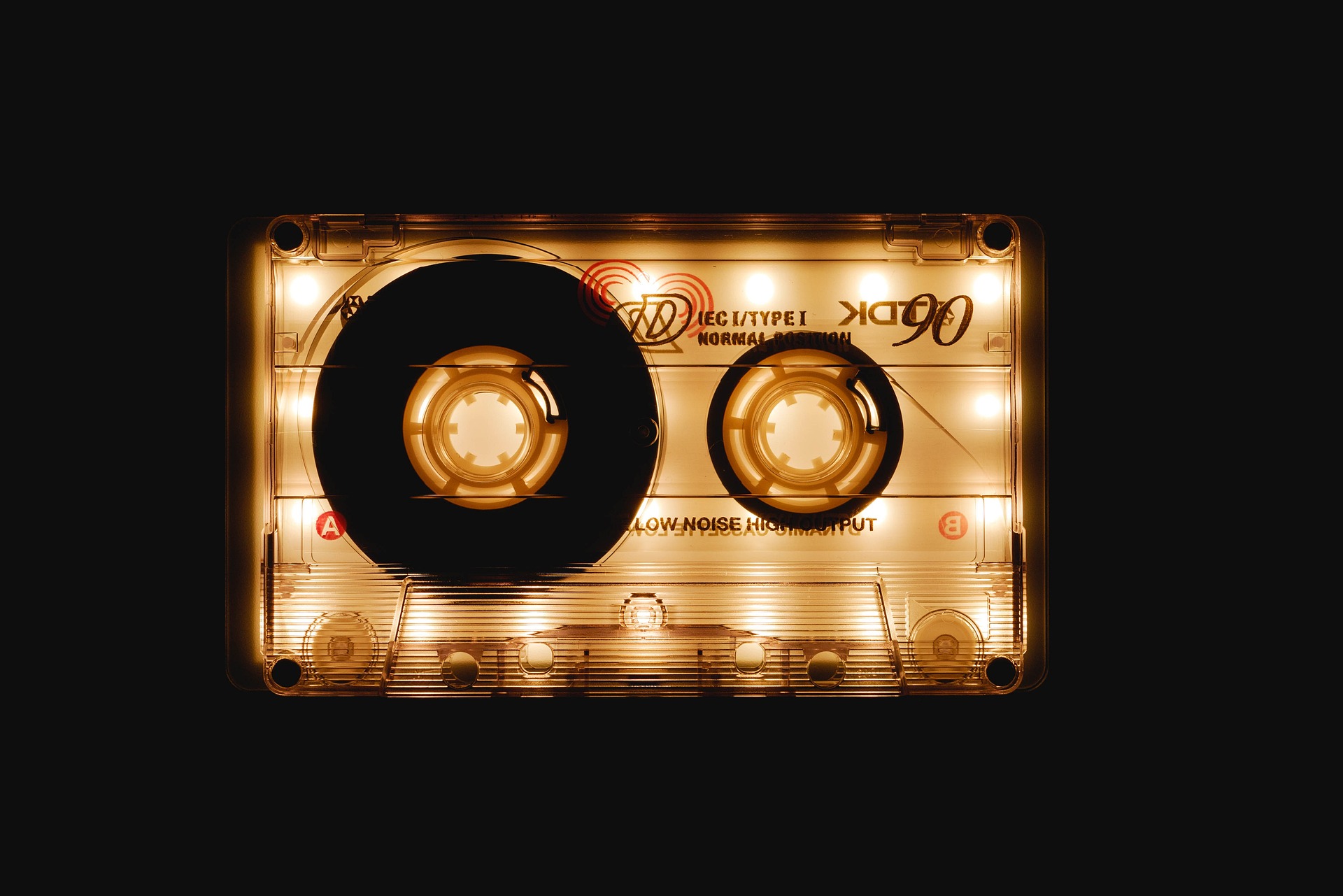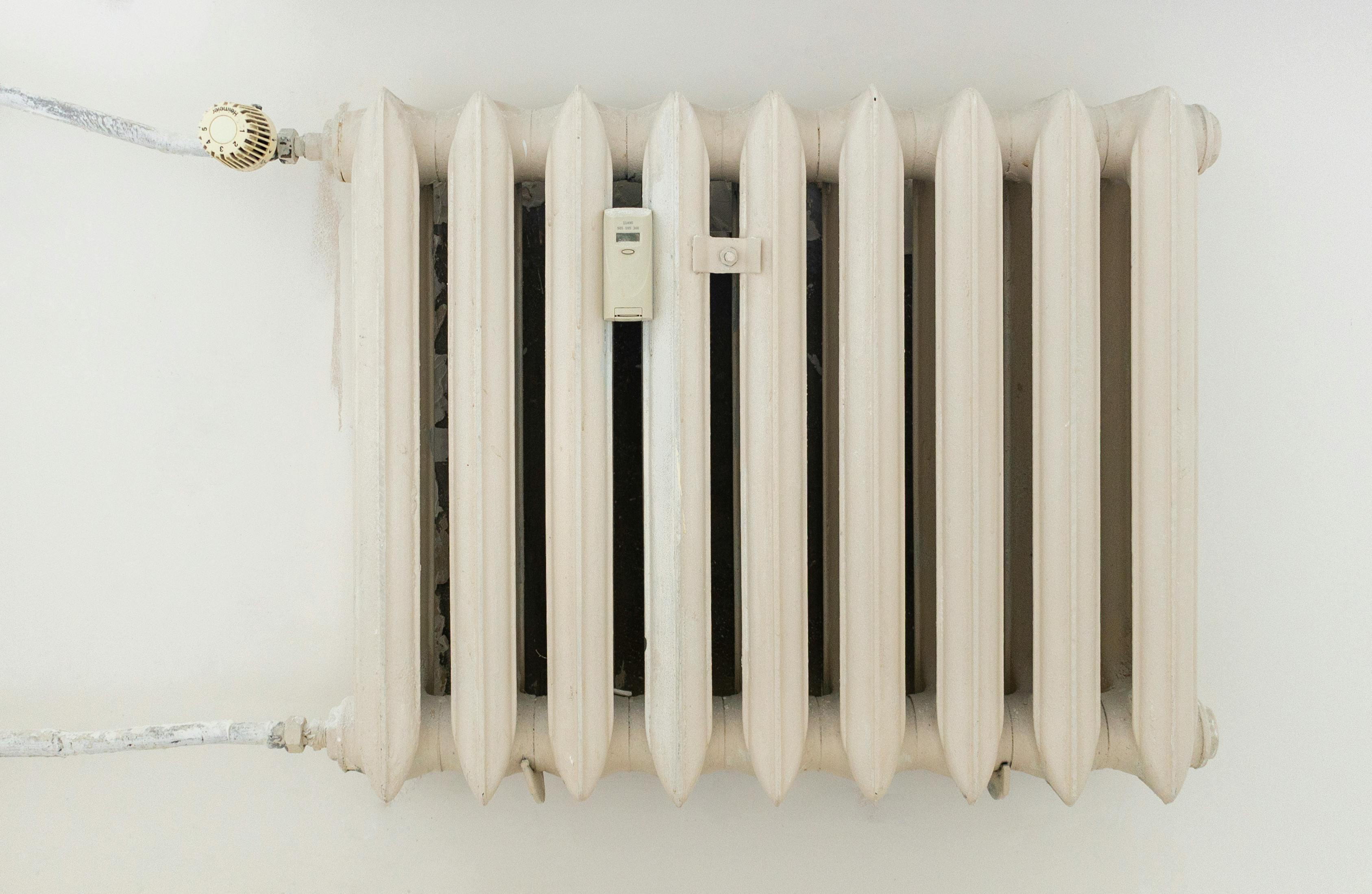Synesthesia in Modern Art: A Sensorial Crossover
Introduction: Welcome to the extraordinary world of synesthesia in modern art. This fascinating phenomenon, where the stimulation of one sense leads to automatic, involuntary experiences in a second sense, is paving the way for innovative artistic expression. Let's delve into the history, recent developments, and profound impact of this captivating intersection of neuroscience and art.

Unraveling the History of Synesthesia
The concept of synesthesia isn’t new—it dates back to antiquity, with philosophers like Aristotle exploring links between the senses. In the 19th century, the term synesthesia was first coined, and it started gaining scientific attention. Concurrently, it began to influence artistic movements like Symbolism, where poets and painters sought to capture the synesthetic experiences, blurring the lines between sight, sound, and emotion.
Synesthesia in the 20th Century Arts
By the 20th century, synesthesia had firmly established its roots in the arts. Modern artists like Wassily Kandinsky and composers like Alexander Scriabin created works based on their personal synesthetic experiences. Their art represented a sensory fusion, where colors could be ‘heard’ and sounds could be ‘seen.’ These pioneers paved the way for future generations of artists to explore synesthesia as a means of creative expression.
Contemporary Synesthetic Art: A New Wave
Today, the exploration of synesthesia in art continues with renewed vigor. Artists are leveraging technology to create immersive, multisensory experiences that mimic synesthetic perceptions. Light and sound installations, interactive sculptures, and digital art forms are pushing the boundaries of conventional artistic expression. This new wave of synesthetic art is challenging us to rethink our understanding of sensory perception and its role in our emotional response to art.
The Impact of Synesthetic Art
Synesthetic art has a profound impact on both the artist and the viewer. For artists, it offers a unique, deeply personal form of artistic expression. For viewers, it allows them to experience art in a more holistic, immersive way, engaging multiple senses at once. Synesthetic art has the potential to transform our perception of art, making it a more interactive and inclusive experience.
Synesthesia in Modern Art: The Future
The future of synesthesia in modern art looks promising, with artists continually exploring innovative ways to simulate synesthetic experiences. As our understanding of the brain and sensory processing advances, so too will our ability to create art that challenges our perceptions and engages our senses in new and exciting ways.
Synesthesia in modern art represents a fascinating crossover of art and science. It challenges our traditional understanding of sensory perception, offering a fresh, unique perspective on artistic expression. As we continue to explore this intriguing phenomenon, we can expect to see even more innovative and immersive works of art that engage our senses in ways we’ve never before experienced.




